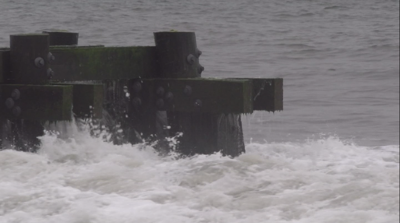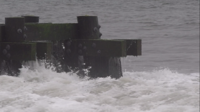DELAWARE - As hurricane season continues to ramp up in the Atlantic, FEMA has released an updated Hazard Mitigation Plan (HMP) for the state of Delaware for the years 2023-2028. This plan was a joint effort between FEMA Region 3 and the state
The HMP doesn't just identify risks and vulnerabilities that Delaware faces, it also proposes fresh ideas and recommendations to bolster the state's resilience. Additionally, this plan makes Delaware communities eligible for various forms of FEMA assistance, which includes grants for hazard mitigation, public assistance, and resources for High-Hazard Potential Dam funding.
The plan was developed by the State Hazard Mitigation Council. The HMP was constructed collaboratively with contributions from state agencies, the University of Delaware, and representatives from local counties and municipalities.
One new feature of this updated plan is its heightened focus on assessing all potential hazards for their impact on vulnerable populations. The HMP identifies twelve natural hazards that could potentially affect Delaware in the next five years. These hazards were determined based on historical weather events, data, and projections for climate conditions and state growth. Furthermore, it accounts for social vulnerabilities exacerbated by climate change.
The natural hazards identified include:
- Coastal Erosion
- Coastal Flooding
- Dam/Levee Failure Flooding
- Drought
- Earthquakes
- Extreme Temperatures
- Inland Flooding
- Local Earth Movement
- Severe Thunderstorms & Tornadoes
- Severe Winter Weather
- Tropical Cyclones
- Wildfire and Smoldering Fires
The HMP also considers impacts on the economy, environment, infrastructure, and most crucially, the well-being of Delaware residents. The plan investigates risks to critical facilities such as hospitals, schools, and power stations, while also assessing vulnerabilities in cultural and historic resources.
Delaware's Hazard Mitigation Plan proposes solutions to alleviate the impact of natural disasters. The mitigation strategy section lists specific projects and funding options aimed at enhancing resilience and bolstering the state's economic, social, and environmental health.
Some of the standout projects in this strategy include safeguarding critical infrastructure, launching a statewide climate resiliency campaign, devising strategies to protect essential facilities from flooding, and fortifying the power grid to accommodate the growing adoption of electric vehicles.







